Description
Constructed from durable, museum-quality materials, the Paranthropus robustus fossil model serves as an accurate representation of the known fossil record, reflecting the latest advancements in paleoanthropological research and scientific understanding. This scientifically precise model is an invaluable educational tool for studying the evolutionary history of early hominins, providing essential insights into the morphological adaptations and ecological context of Paranthropus robustus within the human evolutionary lineage.
The Paranthropus robustus fossil model’s accurate representation of the hominin’s physical characteristics, along with its paleoenvironmental context and ecological significance, contributes to a deeper understanding of the evolutionary dynamics that shaped the development of early human ancestors in South Africa. Its meticulous design and scientific accuracy make it a valuable addition to museum exhibits, educational displays, and private collections, providing a compelling visual narrative of the evolutionary trajectory and ecological dynamics of early hominin species during the relevant geological time period.
The Australopithecus afarensis, commonly known as “Little Foot,” is an important early hominin species that lived approximately 3.67 to 3.0 million years ago in what is now Ethiopia and Tanzania. The “Little Foot” specimen is known for its significant contribution to our understanding of human evolution and early hominin morphology.

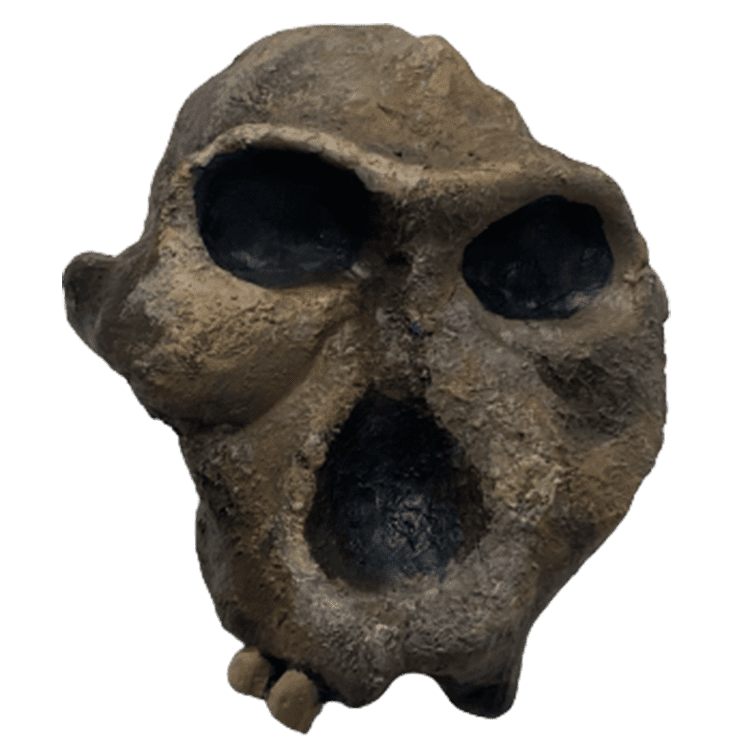
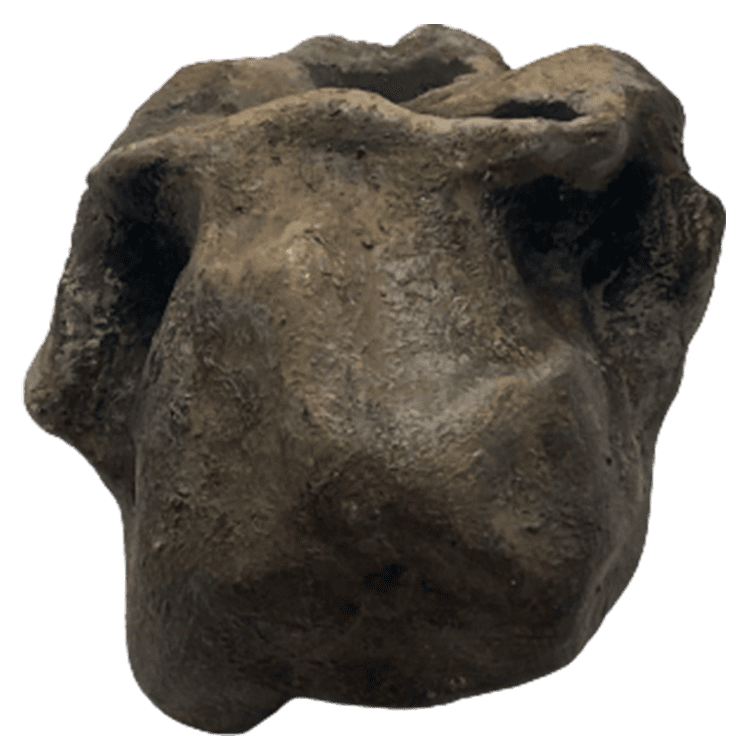
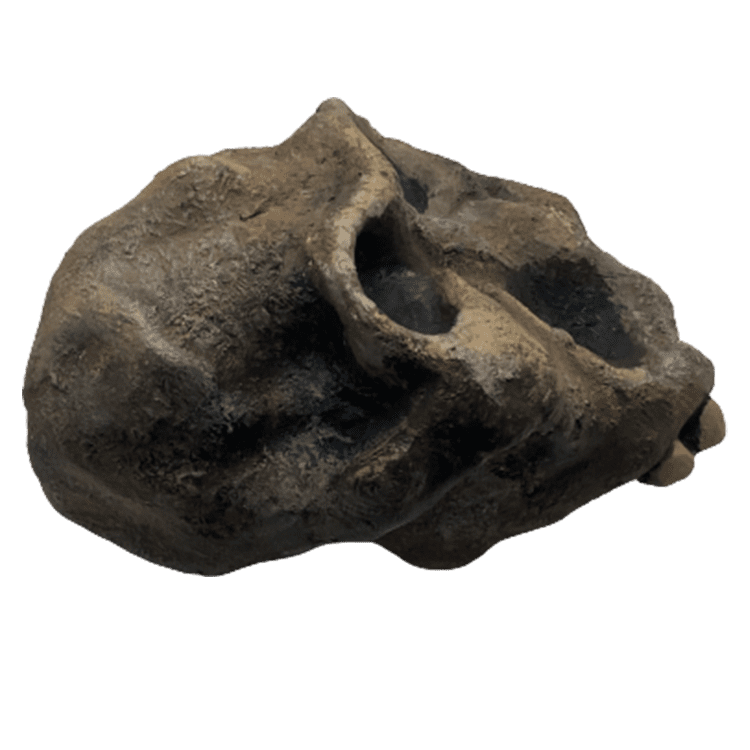
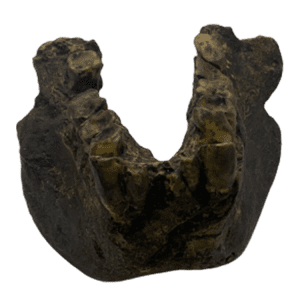

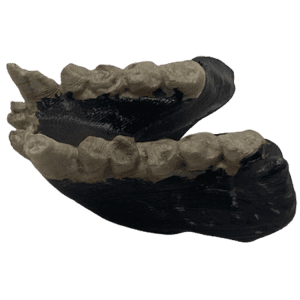
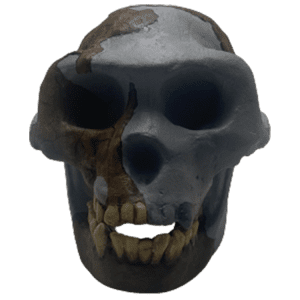
Reviews
There are no reviews yet.